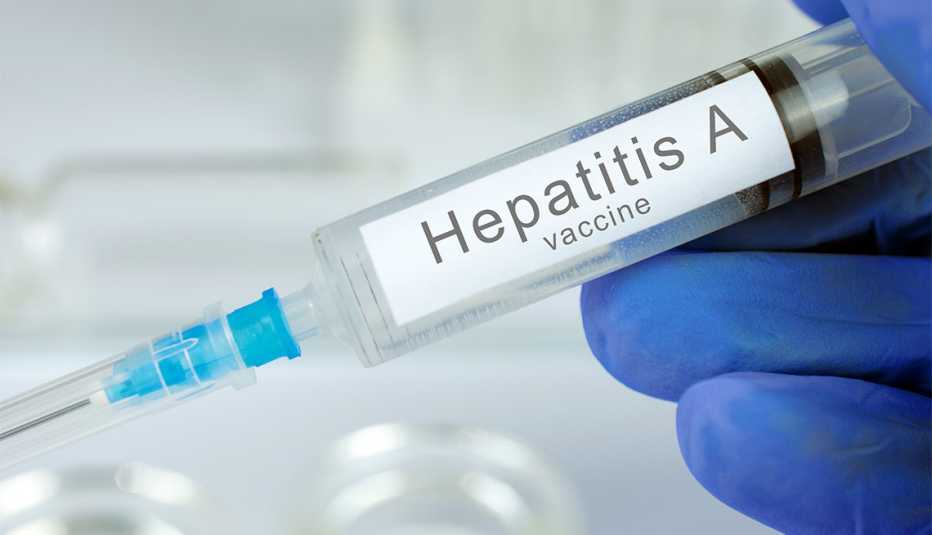AARP Hearing Center
The image some may have of Mexico as a dangerous country with a drug cartel on every corner is far from the reality. Millions of U.S. citizens travel safely to Mexico each year, and the Mexican government puts a priority on making tourist areas secure.
Still, with the State Department urging travelers to “exercise increased caution” in the country due to crime, it’s a good idea to take some precautions to minimize your risk of encountering a problem.
1. Choose your destination carefully
Though the State Department’s “increased caution,” or Level 2, travel advisory covers much of the country, it considers come areas, such as Guadalajara, more risky — Level 3 (“reconsider travel”).
And it suggests avoiding travel — Level 4 (“do not travel”) — in five Mexican states, including Guerrero, home to the Acapulco and Ixtapa tourist meccas.
The relatively low Level 2 advisory suggested for the rest of the country covers San Miguel de Allende; the Riviera Maya, including Playa del Carmen; and Cabo San Lucas in Baja California, where “petty crime occurs frequently in tourist areas.” Check travel.state.gov for the latest updates for every part of the country.
2. Register your trip with the State Department’s STEP (Smart Traveler Enrollment Program)
This allows you to receive updates on your destination and enables State Department personnel to locate you in case of an emergency. Also look up and keep handy the phone number for the nearest U.S. consulate before you go, in case you need help. Having travel insurance that covers medical emergencies, theft or other possible calamities is advisable.
3. If you’re an extremely cautious traveler, consider an all-inclusive resort or a cruise
In addition to having a single fee cover most of your vacation, all-inclusives typically allow only guests and employees inside a gated area. And cruise ships generally call at busy, well-guarded ports.
In 2017 and 2018, three dozen all-inclusive resorts in Mexico allegedly served tainted alcohol that sickened hundreds and killed at least several, according to a Milwaukee Journal Sentinel investigation. That issue appears to have been addressed, although it isn’t a bad idea to watch what you drink or stick to cans or bottled beverages opened in front of you.




































































